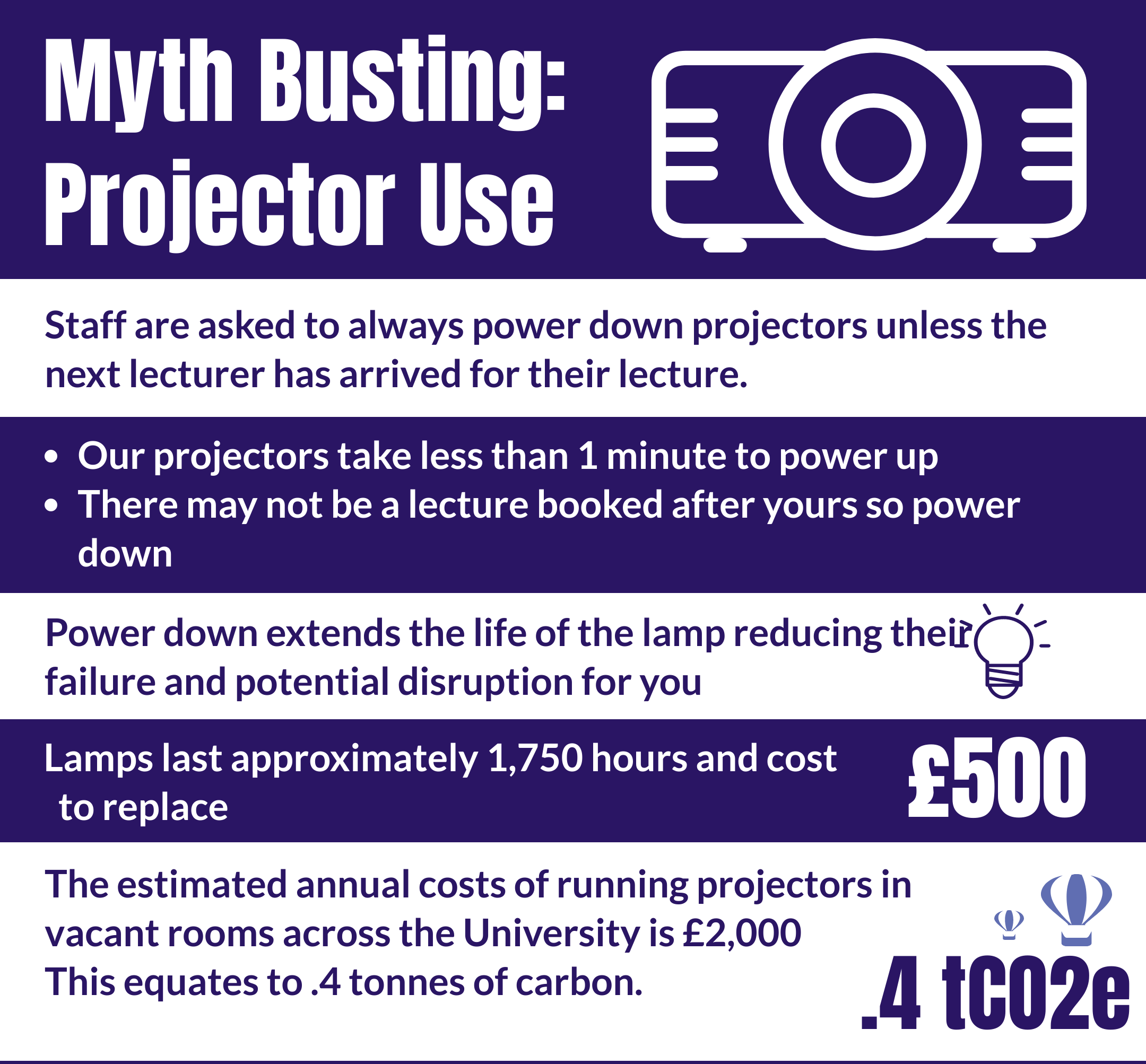Practical guide to teaching with Microsoft Teams in non-HyFlex rooms
It may be necessary for sessions to be taught simultaneously in-person and using Microsoft Teams when not in a designated ‘HyFlex’ room at the moment, due to the requirements of some students to learn online. You can check whether your room is HyFlex enabled via our IT and Library Supported Classrooms page – if it is then please refer to our guidance on teaching in Hyflex spaces.
This guide will take you through the technical considerations to make the best of teaching with Teams and in-person, in a classroom that has not been designed for this. To find out more about other aspects of making this dual-mode teaching work, we recommend the guidance in ABLE as below. The main thing to remember is to keep it simple, particularly at first – as this is a new way of teaching, with a lot to think about:
Could I use Panopto instead?
Non-HyFlex classrooms have been set up for use with Panopto, as this is our standard software for recording sessions. You can set up live streaming using Panopto in advance, though it has approximately a 10 second delay for the students online. If your session does not require the students to interact or undertake discussions, this is a generally a better option than using Teams. You can still have interactive elements through the use of Mentimeter and students can ask questions and comment in the Discussion section of the viewer. Remember, you will have to allow extra time for students to participate in these ways.
Audio and Video
To get good audio through Teams you may need to change the microphone settings. We advise you to undertake a test call by clicking on the three dots and selecting ‘Settings’, ‘Devices’, ‘Make a test call’ to ensure that the microphone, speaker and camera are correct. If the test call diagnoses any problems, click on ‘Go to device settings’ to change them.
An alternative to this is to use a laptop, so that the audio goes through that rather than the room’s audio-visual system. This may have the additional advantage of a camera on the laptop, so that participants can also see you. It is unlikely that there will be a webcam in the room.
Regardless of whether you use the podium PC or a laptop, you should suggest that all the online participants and any laptops joining the meeting in the room are muted, or you risk getting an echo of the session. For the same reason, try to mute the in-room microphone if the online participants speak on mic.
Remember that the participants online will not be able to hear the students in the classroom, so you will need to repeat any questions asked in the room.
Monitoring online participants
As it is a standard teaching room, there may only be one large display screen in the room, which will mirror that on the lectern. In this case, we recommend that you share slides via the Powerpoint live option, which allows you to see the chat, participants and slides at the same time. Do note that this mode of presentation allows online students to move their own version of the slides, to look ahead or go back to a previous slide.
Sustainable Classrooms
Sustainability is important to us all at Greenwich, which is why we are asking you to power down in-room projectors unless a colleague has arrived for the next lecture. Powering down projectors after each teaching session could help us save 0.4 tonnes of carbon per year.
